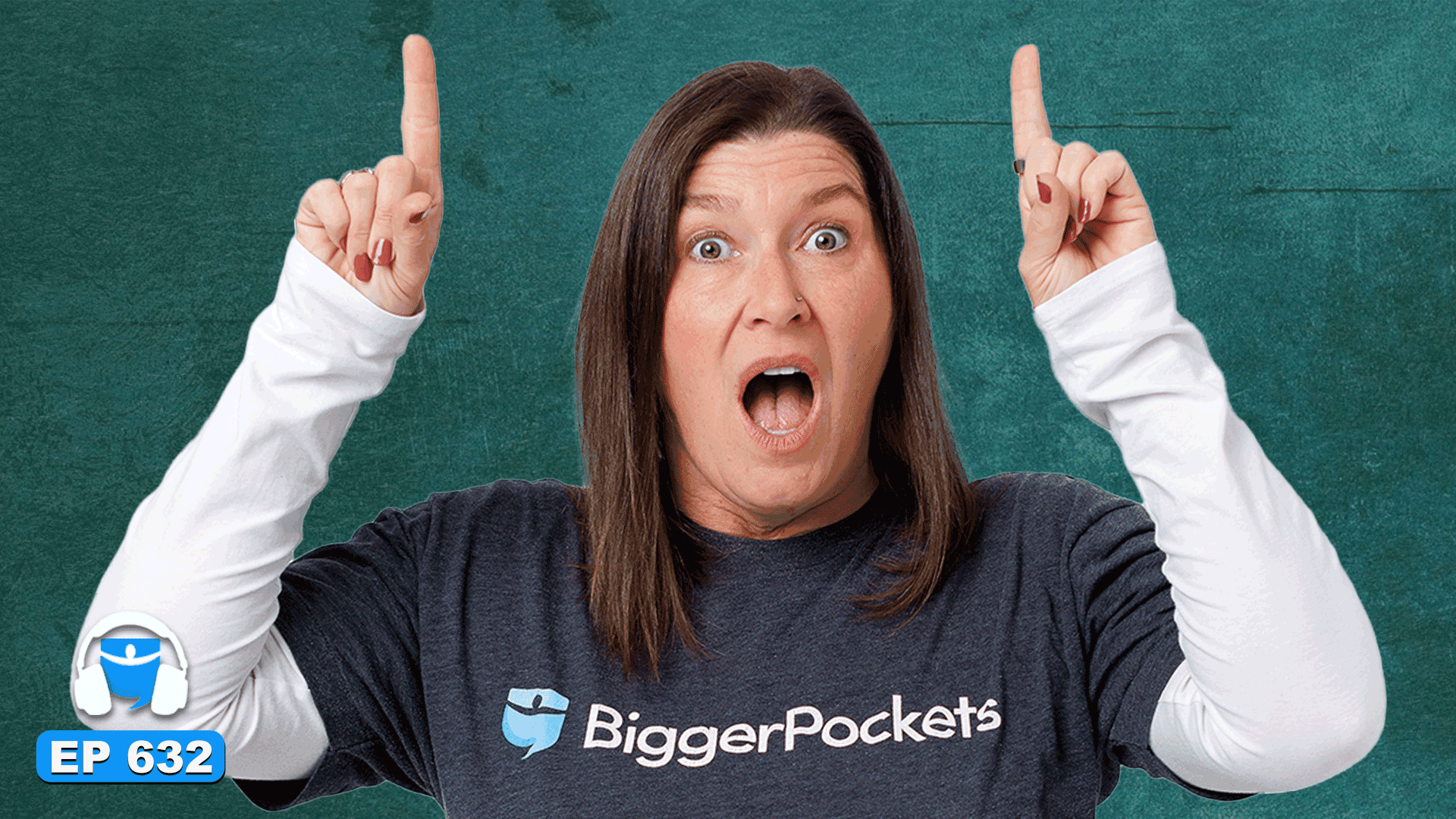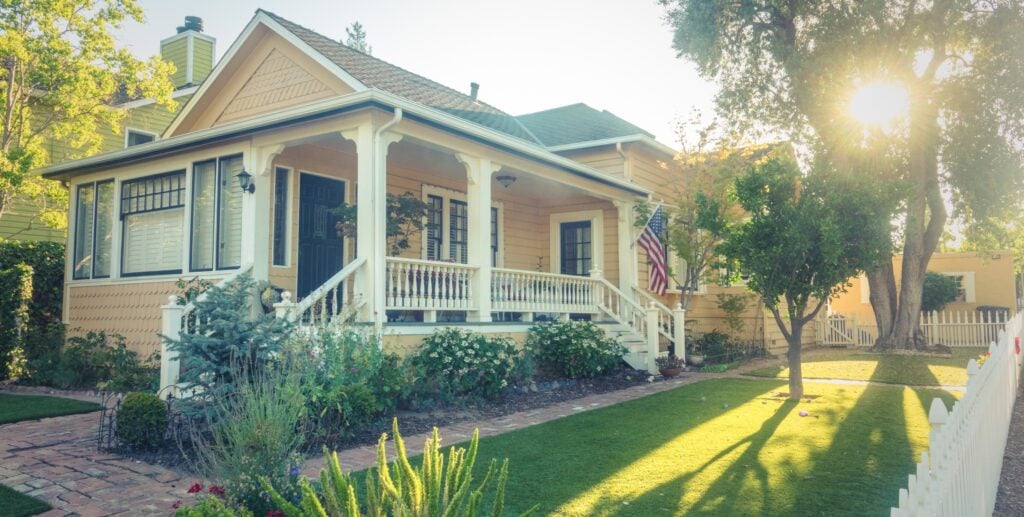Almost 70 per cent of empty nester households have no intention of downsizing and freeing up larger homes for younger families, despite Australia’s worsening housing crisis.
Extraordinary figures from Australian Seniors surveys shows just 19 per cent of empty nesters in Australia have already moved into a smaller property after their children moved out, while a further 13 per cent are considering it.
The majority (69 per cent) of empty nesters decided to instead hold onto their family home.
Among the generations, Baby Boomers were most likely to have downsized in the past year, while an equal number of Boomers and Generation X stayed put.
High-net worth individuals earning more than $200,000 a year made up the highest proportion of people who had not yet downsized.
The housing crisis has now has emerged as a cornerstone of the federal election campaign, sparking calls for reforms by the Retirement Living Council (RLC) to unlock 59,576 homes across Australia.
In a report released today, the RLC urges the removal of financial barriers in order to encourage older Australians to ‘rightsize’ and create much-needed housing opportunities for younger families.
RELATED
The downsizing dilemma: Why SA’s empty nesters won’t budge
NSW housing crisis fuelled by stubborn empty nesters
Retirement Living Council executive Daniel Gannon urges the removal of financial barriers in order to encourage older Australians to “rightsize”.
According to the Removing Rightsizing Roadblocks report, reforms to the Age Pension assets test and Commonwealth Rent Assistance eligibility could encourage an additional 94,000 seniors to access retirement village housing options by ensuring they are not financially penalised for doing so.
RLC executive Daniel Gannon said these changes could lead to significant outcomes, including reducing the costs and demand on public housing, hospitals and aged care, while generating $2.95b in stamp duty revenue for state governments.
“Prehistoric policies are locking older Australians in large family homes during a housing crisis when rightsizing initiatives should be front and centre to ease pressure on housing and healthcare systems,” he said.
“It’s absurd that policies written decades ago are expected to keep up with modern day house prices and cost of living. Older Australians risk losing their pension while younger people are in housing limbo.”
Here’s how your state compared in the Australian Seniors survey.
SOUTH AUSTRALIA
According to the survey, South Aussie senior are perhaps the most stubborn when it comes to downsizing.
A whopping 79 per cent of respondents states they had no intention of downsizing and freeing up larger homes for younger families. The figure was the highest recorded across all states and territories.
Just 17 per cent of SA parents whose children have moved out of home have downsized, according to the data, while only 4 per cent are considering it.
A separate analysis of Census data revealed the SA suburbs with the highest populations of potential downsizers, defined as residents aged over 50.
MORE NEWS: Government unlocks surplus land for housing
Retiree George Dostal is selling his Hindmarsh Valley home in SA after finally getting into his retirement village of choice. He has been waiting for many years for an apartment to become available. Picture: Tim Joy
Golden Grove, in Adelaide’s northeast, led the state, with 4459 people in that demographic.
Hope Valley was another hotspot, with the remaining top 10 located in West Lakes, Wynn Vale, Paradise, Grange, North Haven, Fulham Gardens, Somerton Park and Glenelg North.
PropTrack senior economist Eleanor Creagh said as SA grappled with a housing shortage, one of the big untapped sources was making better use of existing homes.
“We know that affordability for South Australia has declined significantly, with prices rising around 80 per cent in the past five years … and that could be playing into the reluctance of downsizers,” she said.
“(But) the decision to downsize isn’t just financial, it’s a very personal decision. And the cost of stamp duty and a lack of suitable alternatives is a disincentive for a lot of older South Australians — particularly given all the emotional and cultural factors at play.”
NEW SOUTH WALES
In New South Wales, seven in ten empty nesters are refusing to downsize, placing increasing pressure on the state’s already significant housing shortfall.
Research by Australian Seniors has revealed 20 per cent of the state’s empty nesters and the ACT have already moved to a smaller property after their children moved out, while 13 per cent were considering it.
The majority, 67 per cent, were still living in large family homes with no plans to sell, despite research showing this could free up nearly 60,000 desperately needed properties across the country for younger Australians.
MORE NEWS: Surprise state where home approvals are lagging
Apartment living is perfect for empty nesters but not enough of them are taking it up. Picture: Supplied
Social analyst and demographer Mark McCrindle said many downsizers were turned off due to the financial burdens associated with selling and repurchasing, yet often the emotional and practical barriers were even larger.
“This is the home they raised their children in, to give up that family home is to give up sentimentally and is a signal that the parenting stage has ended, many don’t want to admit that,” he said.
PropTrack data showed Mosman, Earlwood, Concord and Mona Vale were among suburbs that potentially had the largest empty nester population, with the biggest portion of owners above 50 all with holding periods of over a decade.
VICTORIA
Victorian empty nesters are proving equally stubborn with 67 per cent of survey responders stating they have no intention of downsizing.
Just 17 per cent of parents whose children have moved out of home have downsized, while only 15 per cent are considering it.
Separate Census data shows Wheelers Hill, Camberwell, Eltham and Brighton East are home to some of the city’s biggest populations aged over 50.
The same suburbs are also home to extraordinary average homeownership periods in excess of 15 years that put them in the city’s top 30 suburbs for owners refusing to sell up and move on.
MORE NEWS: How Labor and LNP pitches to first home buyers compare
Retirees Paul and Terri Lange at their Kew home in Victoria which is currently under construction. They are among a rising number of baby boomers avoiding banks and building their next homes with cash – freeing up their older family homes for others and adding to the housing supply. Picture: Ian Currie
The Australian Seniors figures were collated in research conducted by MyMavins and covered responses from more than 1200 Australians aged 50 and up who are current, or former, empty nesters.
MyMavins consulting partner Tai Rotem said with as much as 80 per cent of empty nesters open to the idea of their kids coming back home, and a significant chunk hoping to leave their home to their children as an inheritance, there were significant reasons they weren’t thinking about selling.
QUEENSLAND
Seven in 10 empty nesters across Queensland are still clinging to the family home, making them the second most disinclined cohort to relinquish their homes to younger generations.
Just 19 per cent of the state’s empty nesters have moved into a smaller property after their children moved out, while 13 per cent are considering it, leaving 68 per cent staying put.
Queensland highest populations of potential downsizers, defined as residents aged over 50, are found in Cleveland in Greater Brisbane’s Redland district, which led with 8,364 people in that demographic, followed by Aspley in Brisbane’s north.
MORE NEWS: ‘It’s a train wreck’: shock new Aussie home stats
Margaret and Bryan Phillips have been renovating homes for more than four decades, and their time in Ascot has taught them where the value lies in Brisbane’s housing market. . Picture: Deb Foschiatti
The remaining top 10 boomer hotspots were located on the Gold and Sunshine Coasts:
Labrador, Hope Island, Tewantin, Carrara, Coombabah, Runaway Bay, Noosaville and Pelican Waters.
These areas also ranked among suburbs where homeowners held onto properties for more than a decade.
Separate research by AVID Property Group found lifestyle considerations were a major driver of downsizing decisions by modern Queenslanders.
AVID found 39 per cent of prospective downsizers were driven by “ageing well in a community where their wellbeing had been considered”.
“Interestingly, ‘freeing up extra cash for retirement’ was barely a consideration for these Queensland customers,” AVID general manager Manuel Lang said.



















 English (US) ·
English (US) ·